Supporting your own bodyweight, whether while standing on your feet, hands, or a combination of both, is at the heart of the physical yoga practice. With no other weight to move through space, your body develops an acute awareness of how to recruit and engage multiple muscle groups at one time. And at the center of these movements is the core.
Simply put, the core consists of:
- The top most layer (6 pack)
- The weight belt that wraps around the torso
- The obliques
- The hip flexors
The core protects and stabilizes the spine so that we are able to transfer our weight from one extremity to another. We would like to think that having a perfect six-pack means we have a strong core, but that is not always the case. This is the reason you must think beyond simple crunches and do movements like static holds.
Training With Supports
Supports on rings or parallettes train the entire set of core muscles and recruit other major muscle groups to hold the static position. These types of isometric holds go beyond just building strength because they increase muscular endurance, which translates directly into your ability to hold arm balances and inversions. And incorporating these holds into your daily or weekly yoga routine is relatively simple because they are quick, effective, and easy to scale to your ability.
Points of Performance for Supports (Rings or Parallettes)
- Press down on rings or parallettes.
- Roll the shoulders slightly forward.
- Keep the shoulders moving down and the core tight.
- Squeeze the inner thighs together.
- Keep the arms hugging in towards side of body.
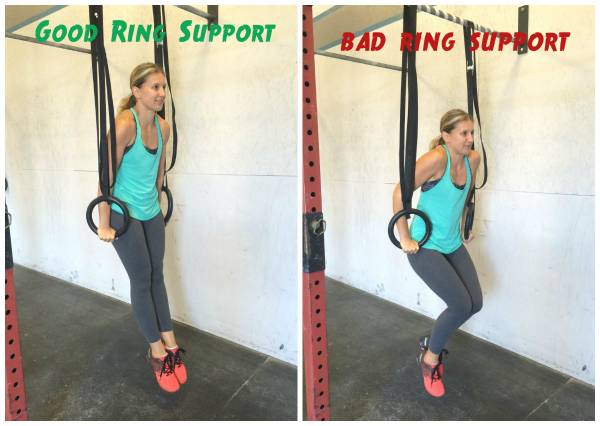
3 Support and Hold Workouts
Below are three workouts to help you incorporate holds or variations of them into your weekly routine. They do require equipment, so plan accordingly.
Warm Up:
- 100 jumping jacks
- 5 sun salutations
- 100 jumping jacks
- 5 sun salutations
Superset: Alternate between movements until all rounds are complete.
Workout #1
Superset:
- 5×20 handstand shoulder touches (or hold) and 5x 20 sec L-sit (or tuck)
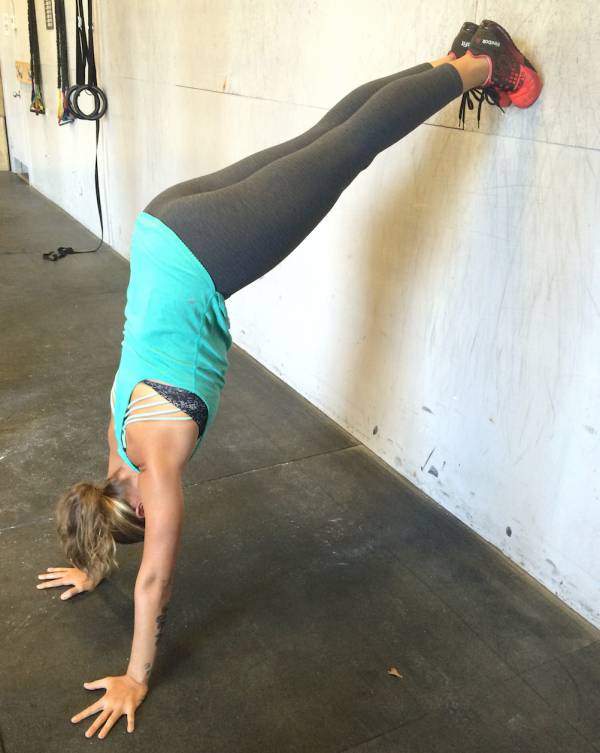
Handstand shoulder touch
Workout #2
Superset:
- 5×20 Second tuck-hang or knee hang and 5×20 second ring support (band)
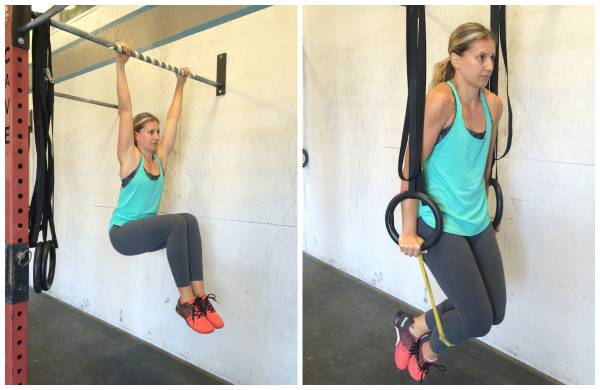
Tuck-hang and ring support
Workout #3
Go through all 4 movements then start Round 2:
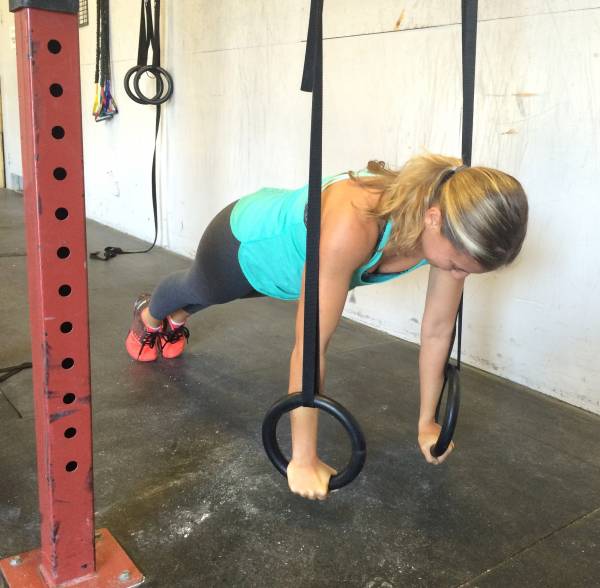
Ring plank
Notes and Modifications for the Workouts
Shaking is perfectly normal. It is just your muscles working as hard as they possibly can.
Cramping, especially in the L-Sit position, is inevitable. Shake out your legs and try again.
You can use the following as modifications, or regressions, for these supports:
- Tuck Sit: Using the same points of performance above, bend your knees and pull them into your chest.
- Banded Ring Support: Use a resistance band that gives you enough support to hold the position and step your shins into the band as shown in the picture below.
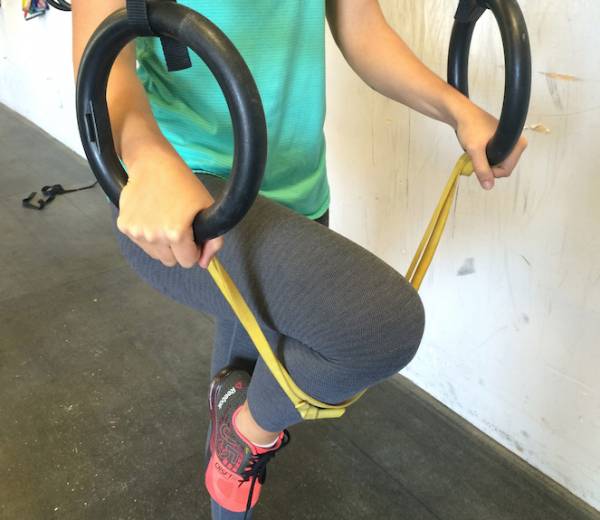
Banded ring support
You’ll also enjoy:






